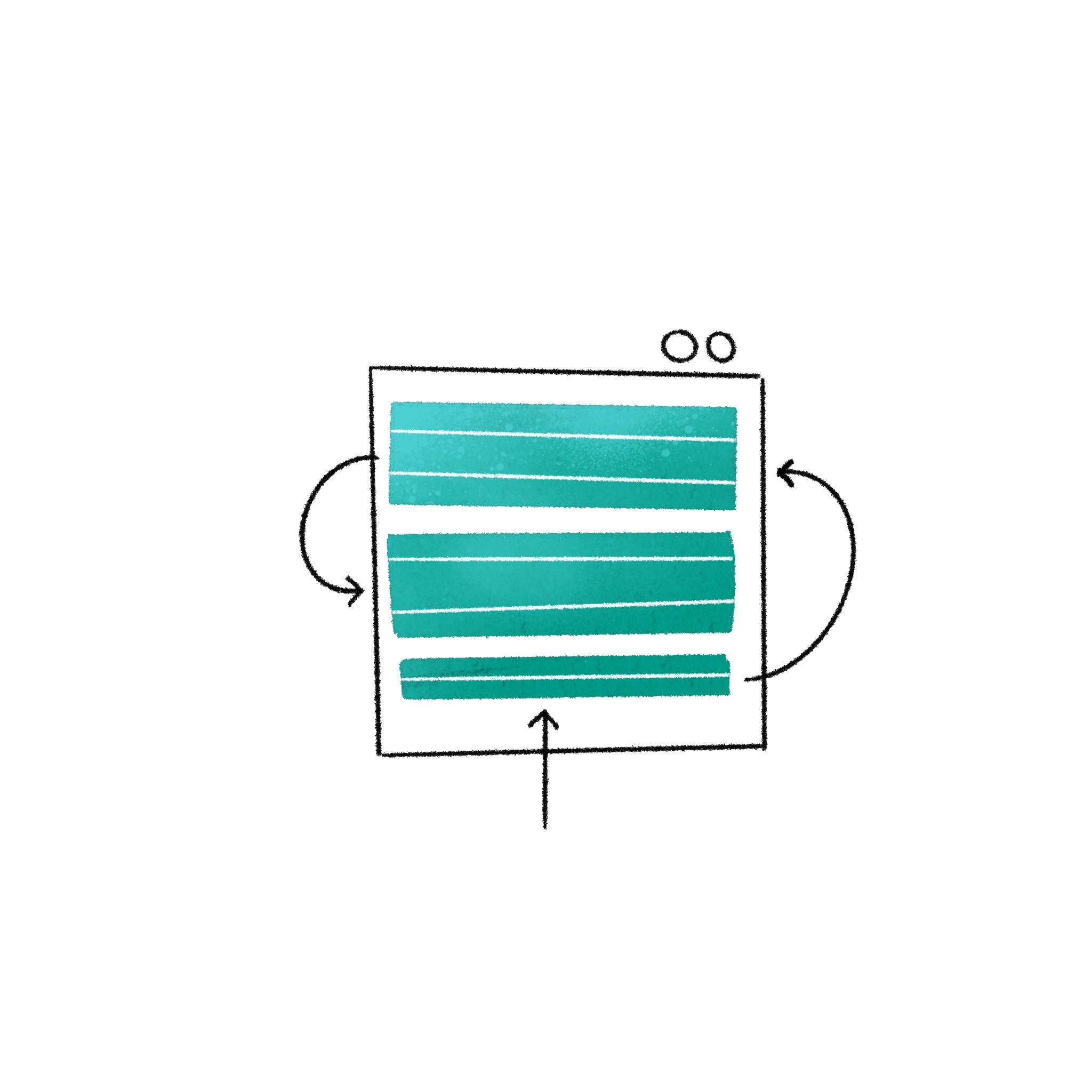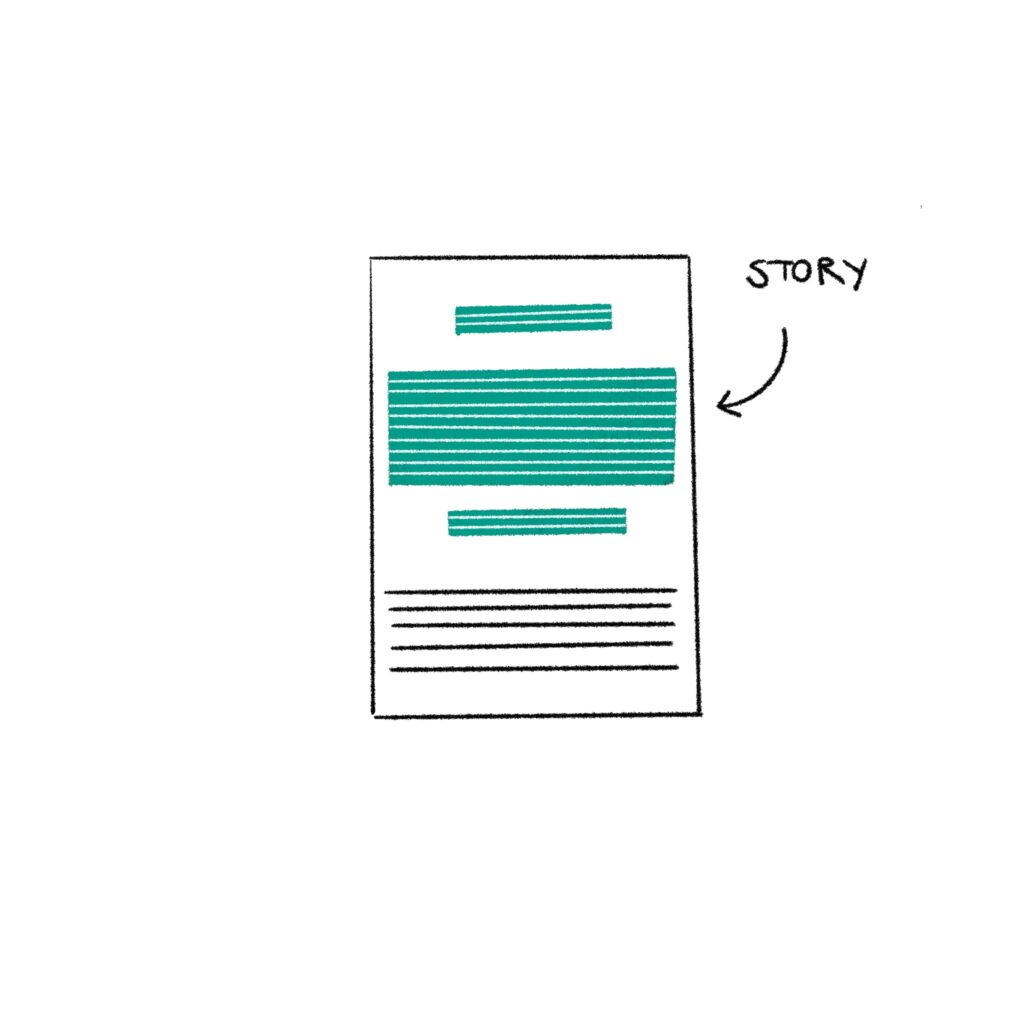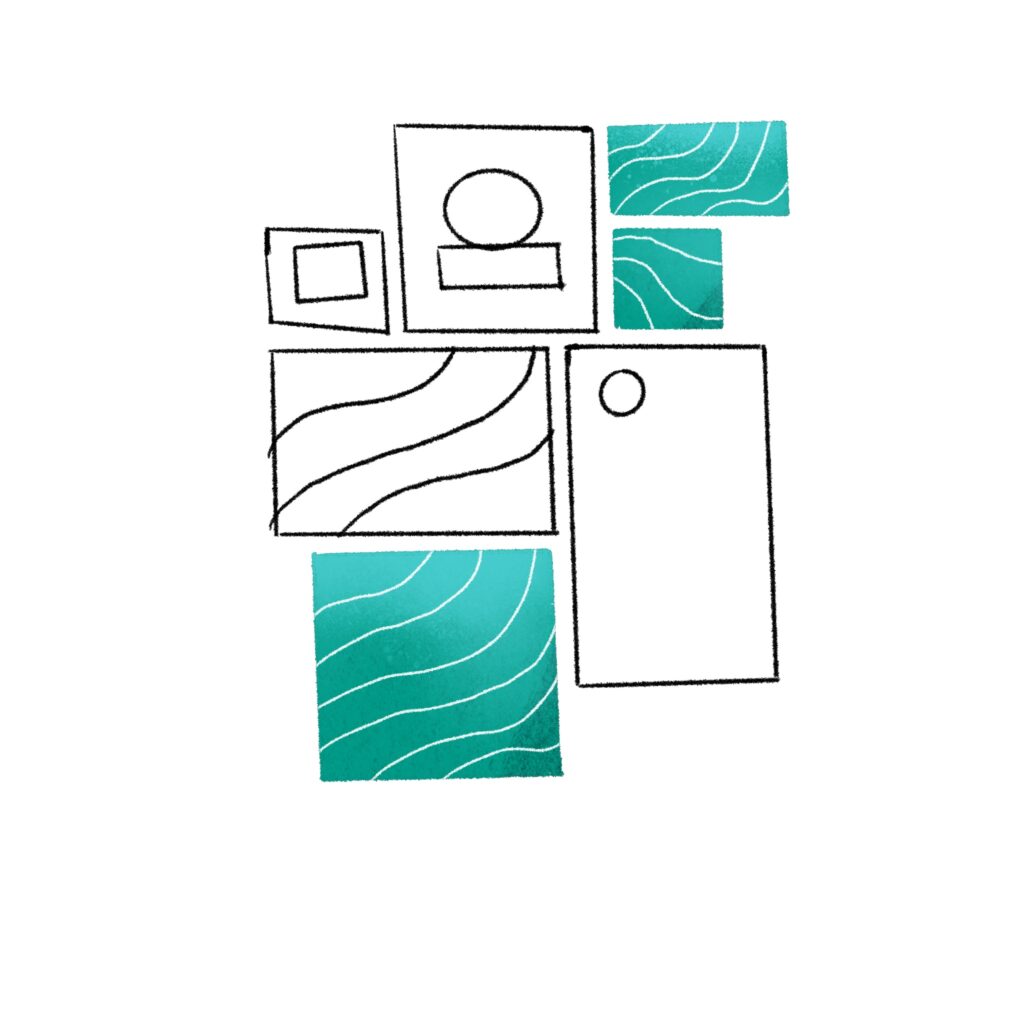How can we articulate and specify our ideas? How do we come up with ideas in the first place?
Last Updated on June 9, 2025
Let's start from the Beginning

Treatment + Mood Board
A treatment and a mood board are essential tools to kickstart your project. The following exercises will guide you in creating both.


Let’s start somewhere. If you don’t have your own idea yet, I can offer you to pick from the following topics:
Growth, justice, community, knowledge, morality, conflict, empathy, culture, technology, progress, sustainability, imagination, equality, consciousness, purpose
Method 1 | Interior monologue writing
Embrace Your Creative Flow
Assignment
Write freely for 10 minutes, letting go of restrictions to express your thoughts and feelings unfiltered. There are no right or wrong sentences, and meaning isn’t required. This personal exercise is for self-expression without judgment or review.
Requirements
- Write or speak about your topic for 10 minutes without interruption.
- You may use any writing or recording media (pen and paper, text editor, speech-to-text, etc.).
- There are no spelling, grammar or language requirements. Just write the way that comes most naturally to you.
- Keep what you write personal and do not share it with anyone. The purpose of the assignment is to free your thoughts.


Method 2 | Corpus Construction
Find your Guide Words
Assignment
Strengthen your creative thinking by selecting words—from free writing or any text—and building a word corpus. Reflect on these words, find synonyms, then enrich your corpus with metaphors and antonyms.
Requirements
- Read through your text carefully and highlight any interesting or meaningful words.
- Copy and paste the selected words into a new word list.
- Add new words to the list.
- Add synonyms.
- Add metaphors and antonyms to the list as well.
Method 3 | Mind Map or Visual Recording
Reorder and find connections
Assignment
This method builds connections between words, often using mind maps as a creative foundation—though they aren’t always needed. Simple sketches, like visual notes, can work just as well.
Requirements
- Start with a main topic in the center of the page and draw branches for each word in your list.
- Also draw branches to the opposites of the words to show contrasting aspects.
- You can use colors, symbols, sketches and other visual elements.
- Keep your mind map clean and easy to read.


Method 4 | Mood Board
Find Visual References
Assignment
Start with a visual search and collect images that resonate with you. Then, assemble them into a mood board—any format works. Choose images that evoke emotion, reflect your word list, or simply speak to you.
Requirements
- Go through your preliminary work and think about which visual associations or images could go with the individual words.
- Start a visual search by researching images online or collecting them from books or other sources.
- Collect a selection of images.
- Think about how you want to arrange the images on the mood board. You can group them thematically, for example.
Method 5 | Restrictions
Set your rules
Assignment
Create a ‘do’s and don’ts’ list outlining helpful and harmful actions to guide your project. Use it to stay on track and avoid pitfalls.
Requirements
- Reflect on your project and try to limit yourself
- This task will be further developed and continuously revised as the project progresses
